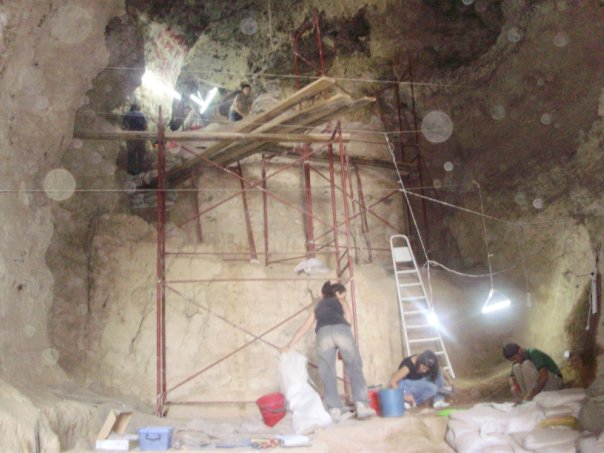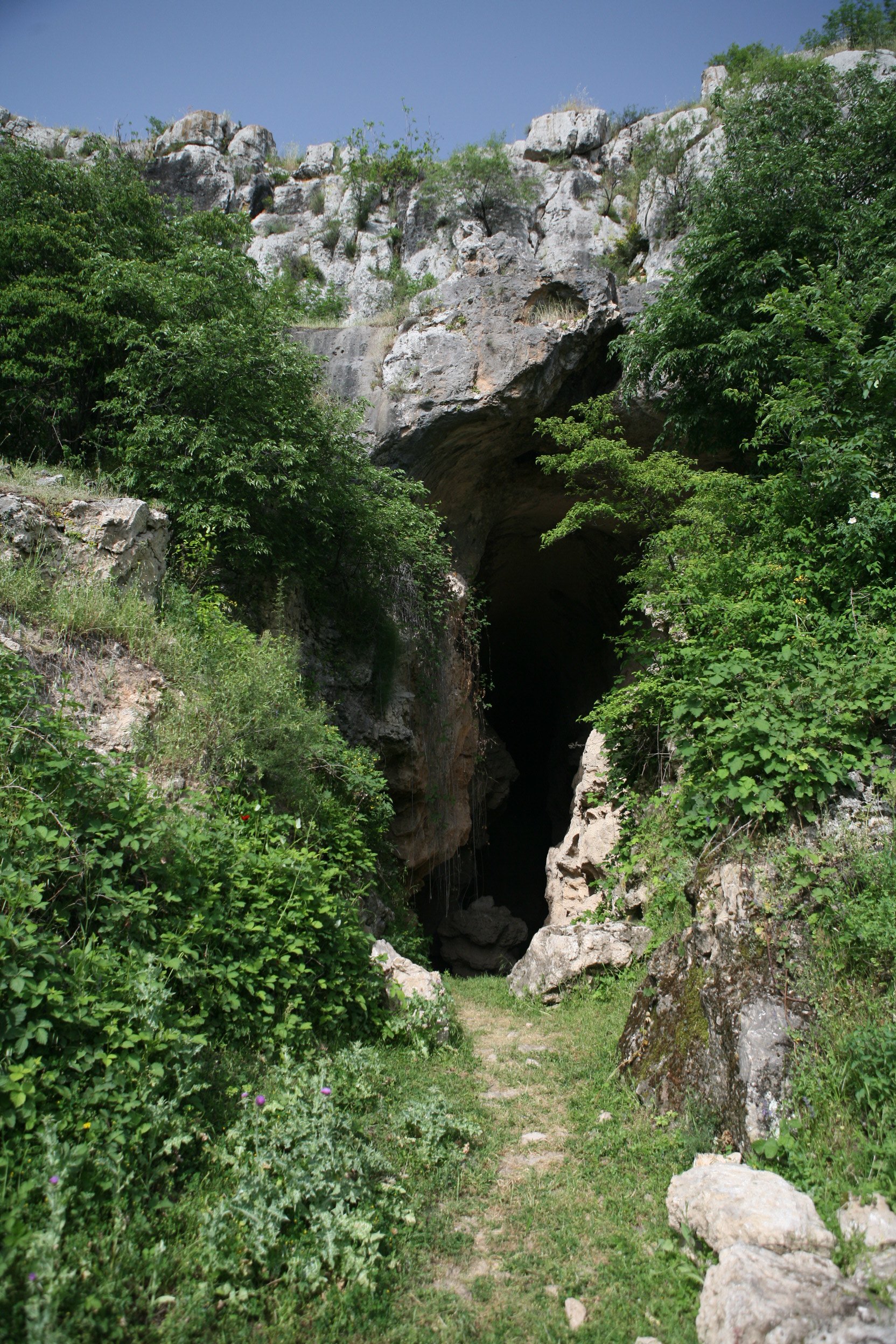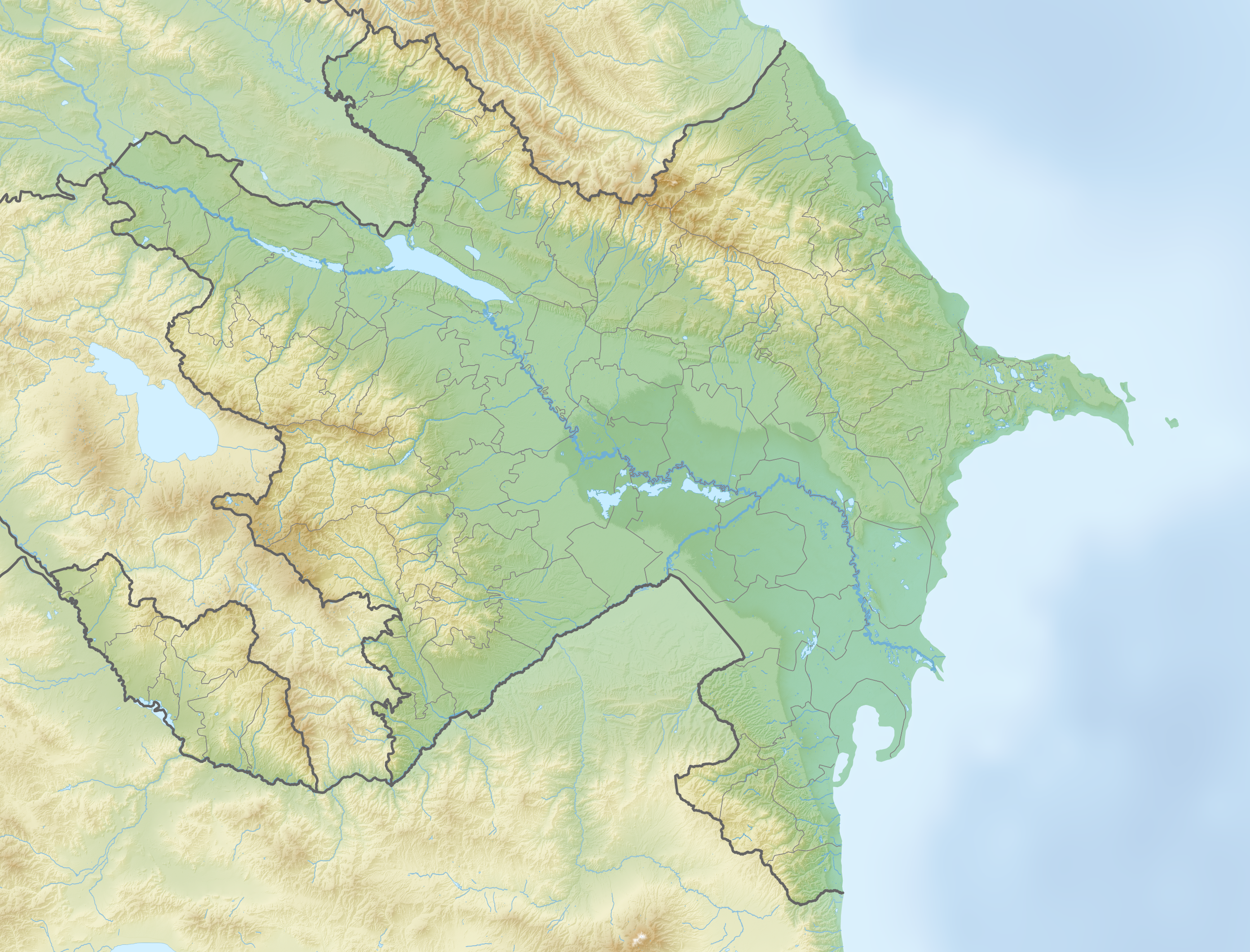Time Periods
Paleolithic
Mesolithic
Neolithic
Chalcolithic
Bronze Age
Iron Age
Classical Period
Post-Classical Period
Early Modern Period
Industrial Period
Contemporary Period
Time Periods
Paleolithic
Mesolithic
Neolithic
Chalcolithic
Bronze Age
Iron Age
Classical Period
Post-Classical Period
Early Modern Period
Industrial Period
Contemporary Period
Location
About
Azykh Cave, located in Azerbaijan's Khojavend District, is a significant prehistoric site containing evidence of human habitation spanning several millennia. This six-cave complex, known for its rich archaeological layers, has yielded Neanderthal fossils dating back approximately 300,000 years, making it one of the oldest proto-human sites in Central Asia. The site's archaeological significance is further highlighted by the discovery of remains from a pre-Acheulean culture, suggesting a long history of human activity resembling the Olduwan culture. Excavations have also found Pleistocene-era fauna, indicating a diverse ecosystem and interactions between early humans and their environment. The cave's sediment layers have provided critical insights into human evolution and migration patterns in Eurasia. Azykh Cave remains a key location for understanding prehistoric human history and development.
Gallery
Explore photographs of ancient structures, artifacts, and archaeological excavations at Azykh Cave



Archaeological Features
Explore the unique architectural and cultural elements found at this historical site
Domestic and Habitation Structures
Environmental and Natural Features
Historical Timeline
Journey through time and discover key events in this site's archaeological history
Plan Your Visit
Details
- Country
- Azerbaijan
- Source
- Wikipedia
More Sites in Azerbaijan
Besh Barmag Mountain
Mountain with glacial meltwater marks

Allar Cave
Middle Paleolithic cave settlement in Azerbaijan

Zar Cave
Upper Paleolithic cave with artefacts and paintings.

Buzeyir cave
Paleolithic cave with stone tools and bones

Damjili Cave
Half-circular cave with prehistoric artifacts
Qalagah
Roman-era settlement with cemetery and artifacts.
